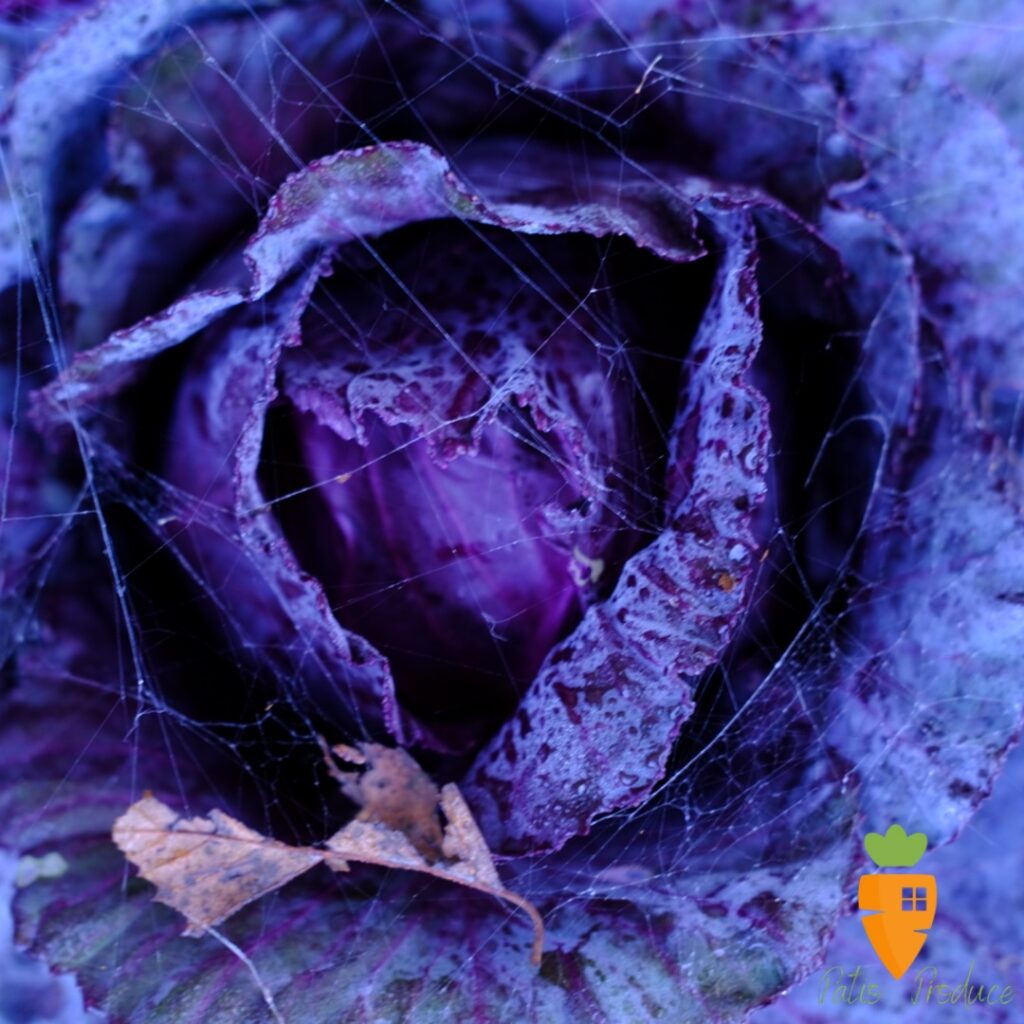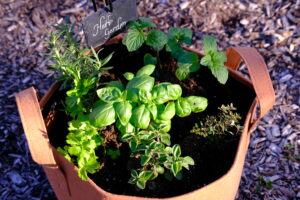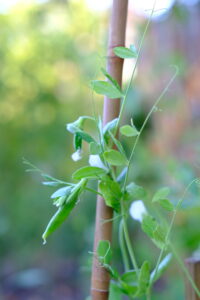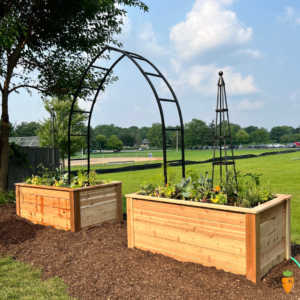Do you look at your garden in the fall, and realize that while you should clean it up, you just don’t have energy to do it? By the time fall hits, we’re usually exhausted. After a busy summer with the kids, family events, and trying to squeeze in a vacation, we might barely be able to muster the energy to want to go to a pumpkin farm. And then you look at your garden. Goodness it’s a mess. There are dead plants all over the place, pots that maybe used to have plants in them, and all the work you’ll have to do generally seems overwhelming.
I’ve got good news: I’ve developed a cheat sheet of sorts that takes all the guess work out of fall veggie garden clean up. Follow this list and you’ll be done with fall garden clean up in record time with maximum impact on your garden next year. There’s no point in doing the things that you “should” do but don’t make a difference in the overall health of your garden, so you’ll find only the essentials in this list.
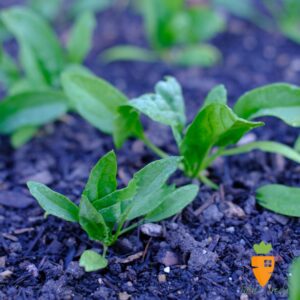 Remove all Dead and Diseased Plants
Remove all Dead and Diseased Plants
Leaving these plants in the ground longer than you have to, and especially during the winter, encourages soil borne diseases to, well, stay in the soil. Next year, your new veggies will have a tougher time fending them off. And that means your harvests won’t be as abundant.
 Add 2-3” of Compost to the Top of Each of Your Planting Beds
Add 2-3” of Compost to the Top of Each of Your Planting Beds
This one involves some heavy lifting, so pick a nice, cool, fall day. Adding compost to your garden twice a year is essential to replace the nutrients that your veggies are removing from the soil as they grow. Adding compost is easy in the fall, especially after a frost, because a good majority of your veggies are already out of the garden so you won’t have to carefully spread compost around each plant. Also, adding compost in the fall instead of the spring gives the compost a few months to work itself (and its nutrients) into the ground so your planting beds are even more excited to receive veggies and herbs next spring.
 Spend 5 Minutes Planning Next Spring’s Garden
Spend 5 Minutes Planning Next Spring’s Garden
It’s so much easier to plan next year’s garden when you’re looking at your garden. And when it’s not buried under a foot of snow. I know I won’t be tromping out to visit my garden in February when I need to get my garden planning completed because I need to order seeds. It’s too cold then. So do something nice for your future self now and spend 5 minutes jotting down some notes, either on paper or in your phone:
- What worked well this year? (What grew well? What made your garden beautiful?)
- What would you change about your garden next year? (Would you plant your herbs or veggies in a different area? Would you not grow certain veggies or herbs again?)
- What do you regret not doing this year? (Do you wish you would have grown certain herbs or veggies? Make sure you order seeds for these this winter!)
- Make note of where certain veggies are in your garden. Tomatoes in particular should not be grown in the same spot year after year because soil-borne diseases will build up and your harvests will become smaller over time. And generally, it’s good to rotate where you plant veggies every year because each veggie and herb takes away and adds different nutrients to the soil it’s growing in.
And that’s it! If you finish these three tasks, you’ll set yourself up for an incredible growing season next year. And getting you to have a better and better garden year over year is our goal.
